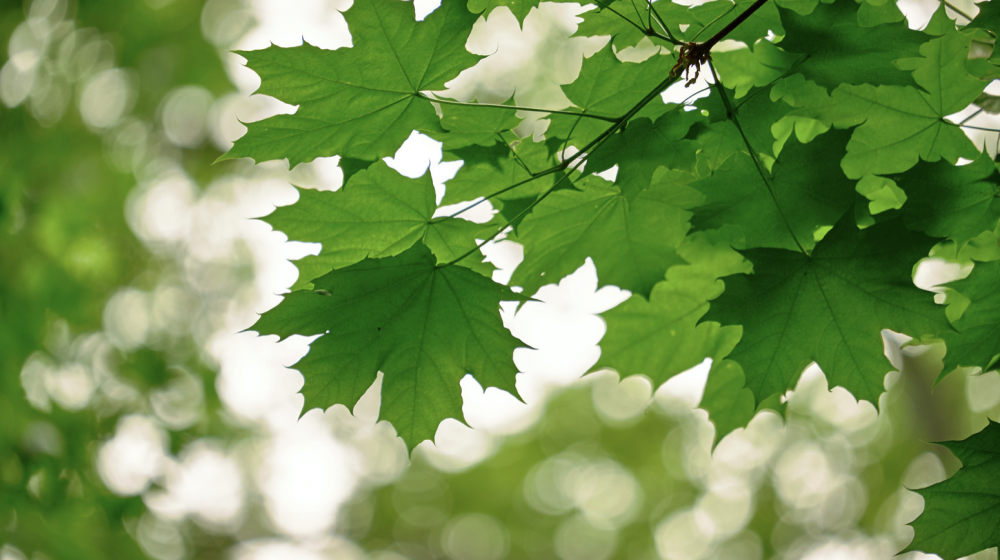How to Identify Trees

Leaves are the primary characteristic that can help you identify trees.
Do you want to learn to identify trees? Do you want to be one of those people who can spot a tree, point at it, and name it with certainty?
Always start with the leaves. Leaves are one of the most important aspects of tree identification. But first, you must learn leaf terminology:
Node: the point where the leaf is attached to the twig
Bud: sits at the base of the leaf on the twig at the node
Petiole: stem-like part of the leaf that connects to the twig at the node
Next, you need to learn some primary leaf characteristics. When you have these down, you’ll be well on your way to learning how to identify trees:
Leaf arrangement: How are leaves positioned on the twig? Leaves can be staggered, arranged in a spiral, or sit directly across from one another along the twig.
Leaf shape: What does the edge of the leaf look like? Shape refers to the margin or edge. Leaves can have a smooth edge; a dentate, or toothed edge; or a lobed edge. Indentations on lobed leaves are called sinuses.
Retention: Do the leaves drop in the fall? Deciduous trees drop their leaves in the fall. Evergreen or semi-evergreen trees keep their leaves through the winter.
Leaf size, leaf color, and growth characteristics of leaves are also important clues that can help you properly identify a tree.
Other characteristics of the tree that will help with identification include twigs, bark, flowers and fruit, size and shape, and where they grow.
Extension Publication 146, “Know Your Trees” has more information about identifying trees, as well as a description of more than 60 common tree species native to Mississippi. The publication also includes color photos that show leaves and other key identifying characteristics.
Fun fact: “Know Your Trees” was first released as “Forest Trees of Mississippi: How to Know Them” 95 years ago by W. R. Mattoon, Extension forester, USDA Forest Service, and Dr. J. M. Beal, professor, Mississippi Agricultural and Mechanical College. It has been periodically reprinted and updated through the years, with the most recent revisions made in 2021.
Follow Mississippi State University Extension Forestry on Facebook and Twitter!
Subscribe to Extension for Real Life
Fill in the information below to receive a weekly update of our blog posts.









